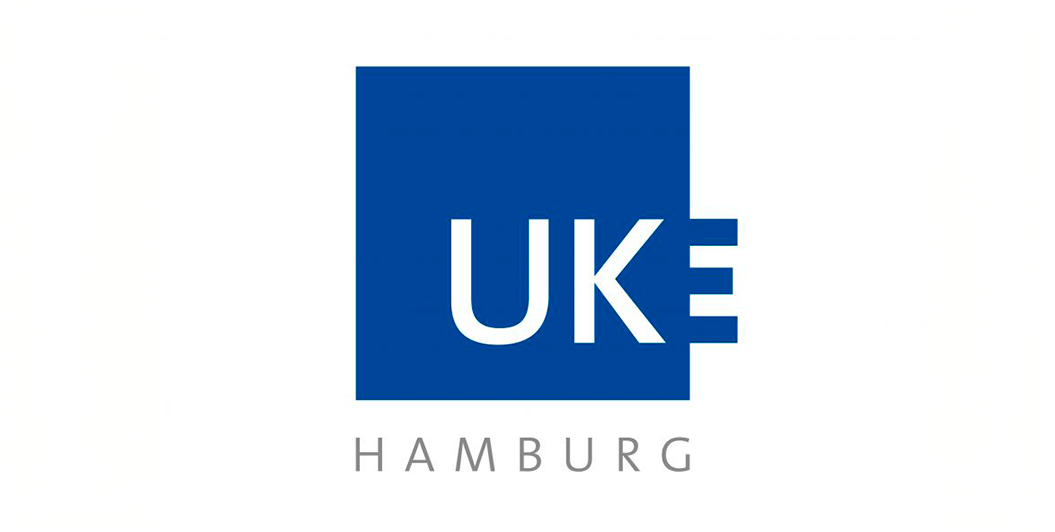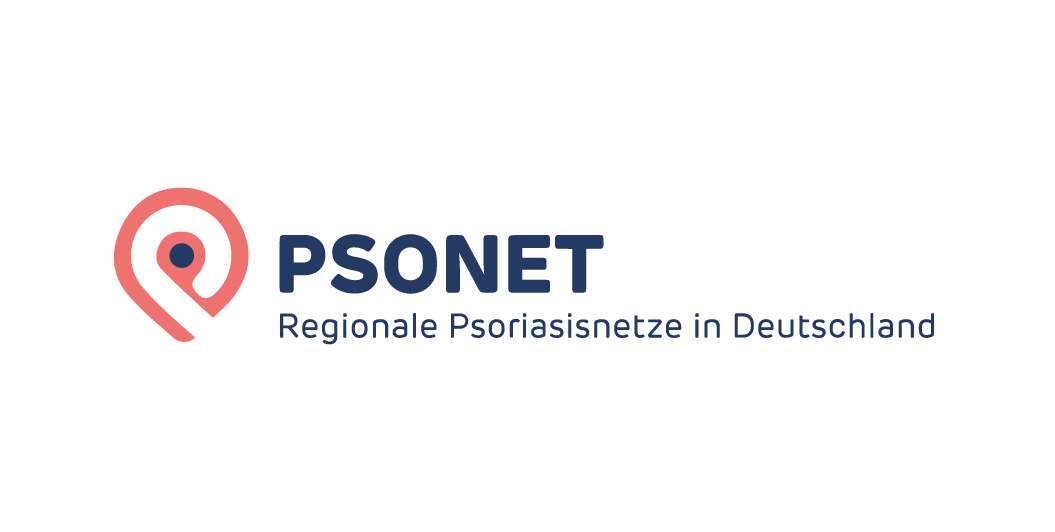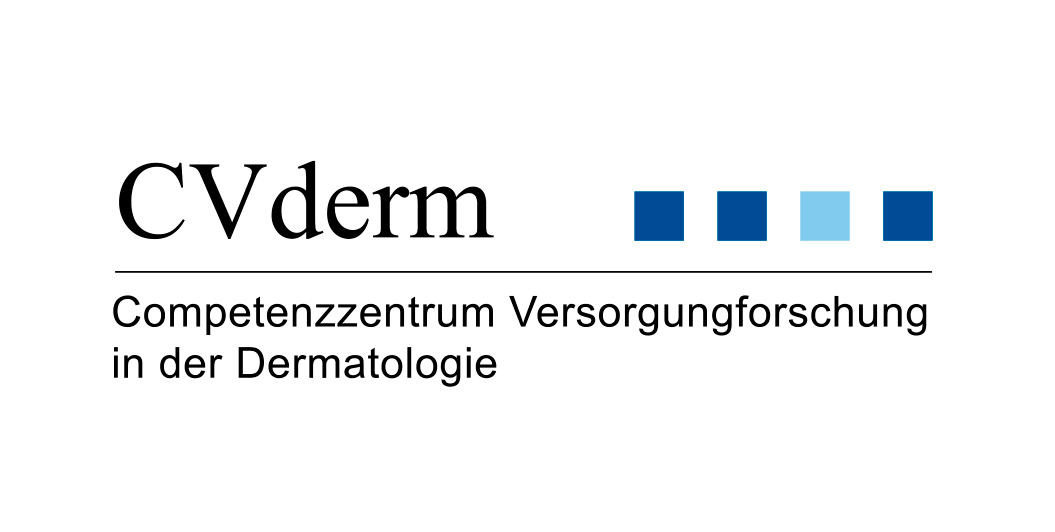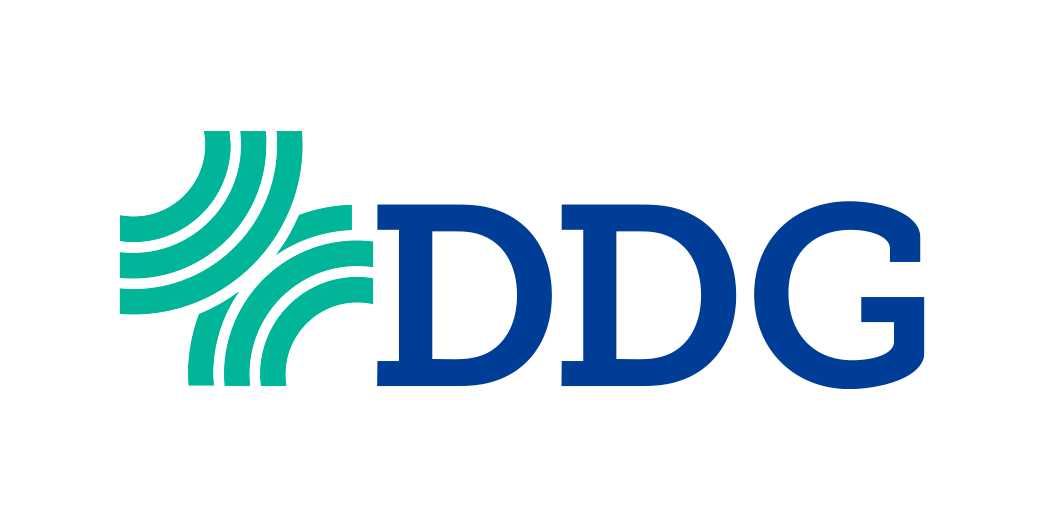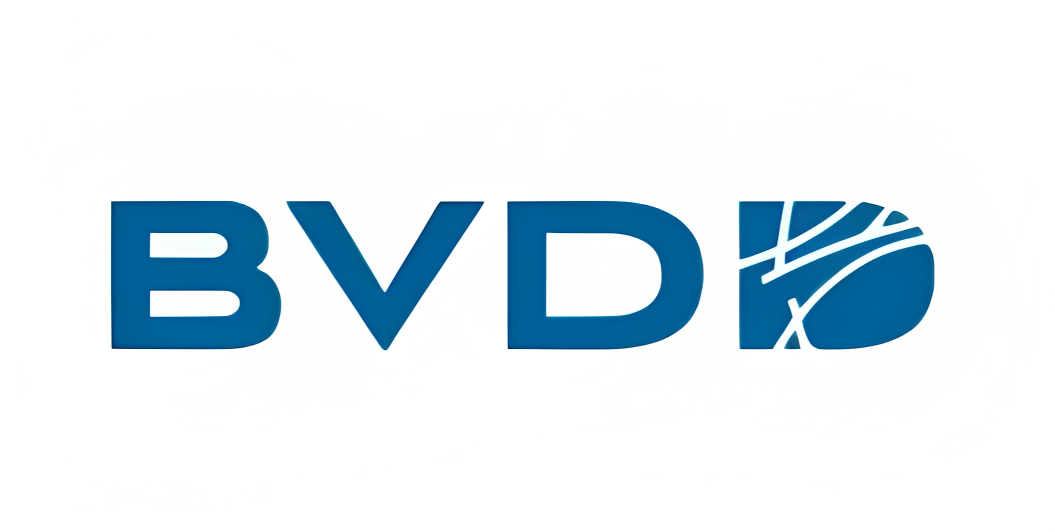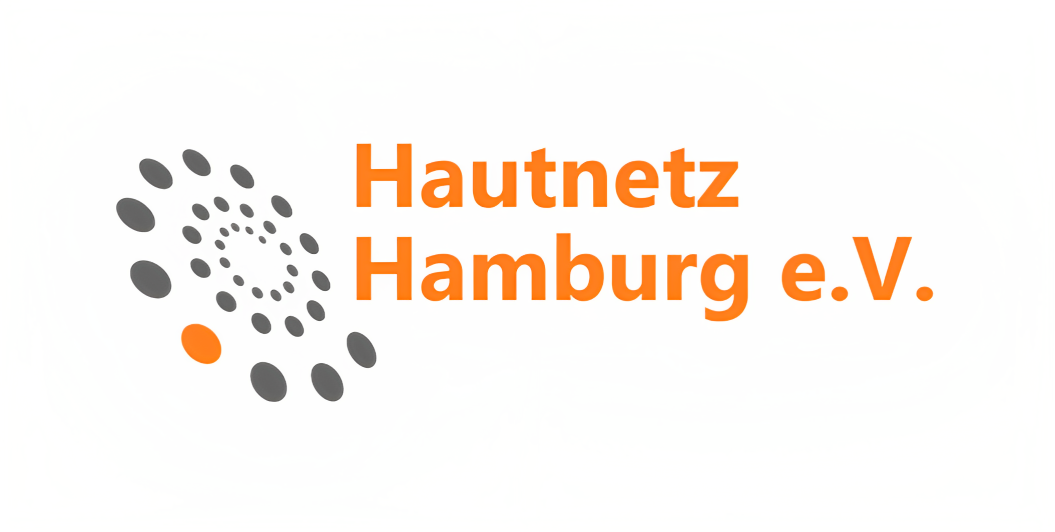Home
electronic Severity Assessment of Hidradenitis Suppurativa
eSAHS Score
Assessment of acne inversa severity made easy and quick
What is the eSAHS Score?
The eSAHS Score is the electronic version of the Severity Assessment of Hidradenitis Suppurativa score, which was developed in 2018 by Hessam et al. to assess the severity of hidradenitis suppurativa (HS), also known as acne inversa. Compared to previous assessment systems, the SAHS score offers important advantages: firstly, it eliminates the need to differentiate between inflammatory lesions, making it easier to count lesions in everyday clinical practice and consequently saving time. Secondly, individual patient data, more precisely the intensity of pain and the number of flare-ups in the last 4 weeks, are taken into account. Due to its dynamic character, the SAHS score not only helps to classify the severity of HS, but also to monitor the course of therapy. In addition to its use in clinical routine, the score is therefore also of interest in the context of research.
Validation of questionnaire
paper version: yes digital version: no
How to use the eSAHS Score
The eSAHS score should only be used by healthcare professionals. It is determined in three simple steps:
-
The number of affected body regions, ILOF (Inflammatory Lesions Other than Fistula), fistulas and new/exacerbated lesions in the last 4 weeks, as well as the patient's pain at the time of examination (Numeric Rating Scale from 0 to 10) are indicated.
-
Points are automatically assigned and added up for the respective entries.
-
The severity of the HS is assessed based on the score: An eSAHS score of ≤ 4 points indicates mild HS, while 5 to 8 points indicate moderate HS, and ≥ 9 points indicate severe HS.
The following versions of the eSAHS are available
Recommendations and limitations for measuring the SAHS Score in Hidradenitis Suppurativa
Since the SAHS is more dynamic than the Hurley Score, it can be used to effectively record the change in the severity of HS between two medical appointments. It also takes into account the impairments that acne inversa causes in the daily lives of those affected when determining the degree of severity. Nevertheless, it is important to point out that the SAHS is not currently included in any clinical guidelines. To take into account the impact of acne inversa on patients' quality of life, the additional use of the Dermatology Life Quality Index (DLQI) is recommended.
Features
USER-FRIENDLY
The eSAHS score is uncomplicated and easy for physicians to use.
QUICK
Save time with our online tool. Fill in five questions and the eSAHS score will be calculated automatically.
INFORMED TREATMENT
The eSAHS score enables physicians to make informed treatment decisions.
MULTILINGUAL
The eSAHS is available in different languages. The use of the respective first language reduces language barriers and supports the understanding between physician and patient.
SEVERITY MONITORING
The eSAHS score can be used to monitor the change in severity of acne inversa over the course of treatment.
ACCESSIBLE FROM ALL DEVICES
With DermaValue, the eSAHS score is always just a few clicks away. The application is available for PCs, tablets, smartphones, and other devices.
VALIDATED
Studies have shown that the eSAHS score is a valid indicator for the severity of acne inversa.
ENVIRONMENTALLY FRIENDLY
Take care of the environment and save your patient data on the online platform or as PDF files.
Our partners
